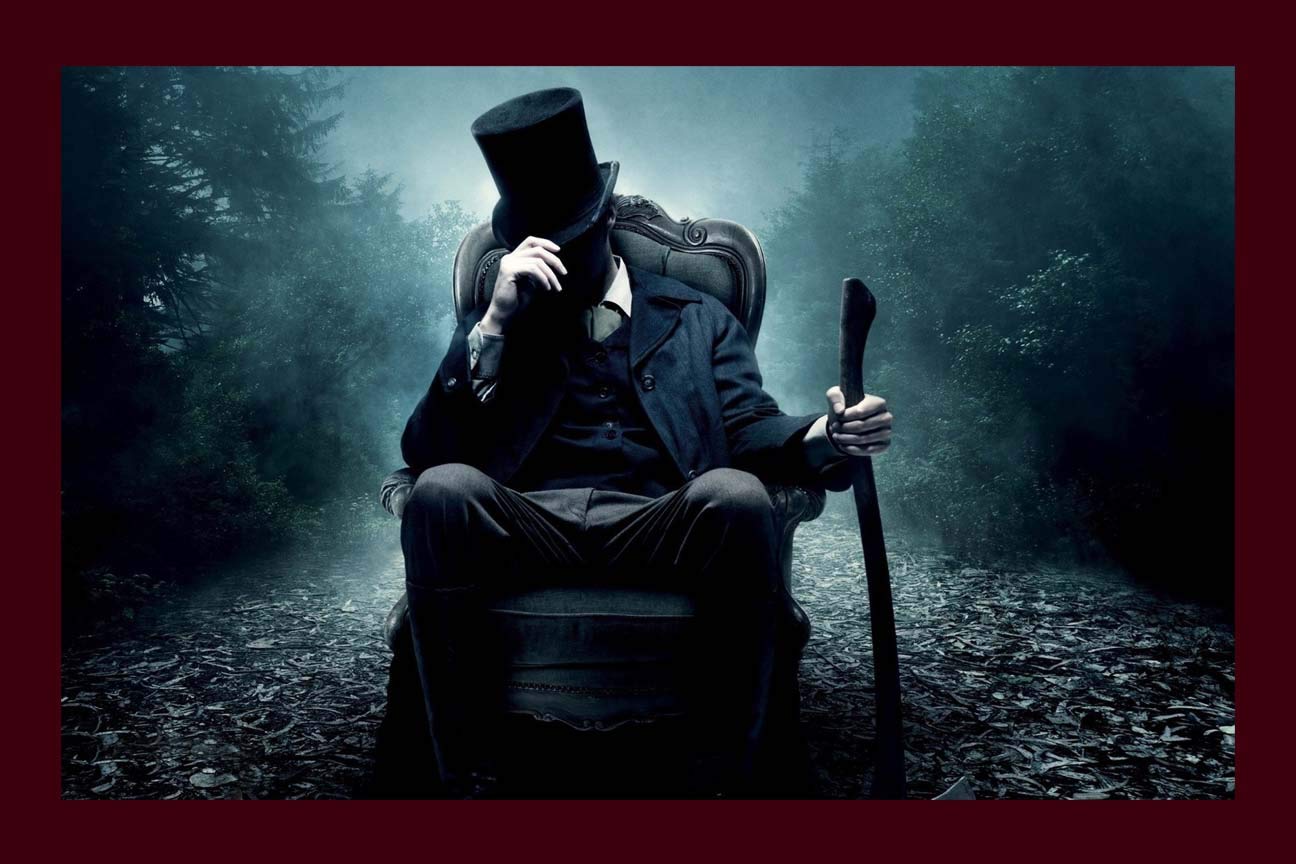Knowledge, Information and Experience
Keeping your thoughts and your workload in order can be a difficult task in itself, especially if you don’t have this one tool that eases the pains of prioritizing. The editorial calendar is a success tip that most of us do not take advantage of. Do you know how to create a successful editorial calendar. One of the biggest demands of creating a successful blog or website is initiating fresh, valuable content consistently. It a level of commitment between you and your audience. This article will attempt to examine the parts of the editorial calendar and explain how to create a successful editorial calendar so that you are able to succeed….
The course of the sun and the moon are the most salient natural, regularly recurring events useful for timekeeping, thus in pre-modern societies worldwide lunation and the year were most commonly used as time units.
Informations regarding Indian Calendar.
History:
India has used the Hindu calendar to measure time since their ancient days. Over the years, the calendar has been edited and changed as the regional face of India has changed. There are several variations of the Hindu calendar in use today, specific to the various regions of the country. Each version of the calendar has small characteristics that differ them, however, one thing is the same for all of them: the names of the twelve months. The calendar is made up of both solar and lunisolar calendars, and also centers on astronomy and religion. The early Hindu calendar was born from the astronomical philosophies developed in the late BC time. Lunar months are the basis of the calendar and are determined around the phases of the moon. The calendar marks important religious festival and worship days. While there are many different variations of the Hindu calendar, there is a standard version of the calendar that serves as the national calendar of India.
Days: According to the Hindu calendar, dawn tends to mark the beginning of the new day. Where the Western calendar divides the day into hours, the Hindu calendar counts the passage of time through fifteen muhurtas, each of which last approximately forty-eight minutes.
Months: The Hindu calendar marks twelve months by the same cycle as the lunar phases, approximately 29.5 days each month depending on celestial movement. The month is broken down into two fortnights, a Dark one (waning moon) and a Light one (waxing moon), each lasting fifteen lunar days. In some months, a day of the cycle may need to be dropped to correlate with a shorter lunar cycle. The first day of the month varies from calendar to calendar. Generally, in North India, the full moon marks the first day of the month, while in South India, the occasion is marked by the new moon.
New Year: For the Hindu calendar, the Makara Sankranti marks the beginning of a new year, as the sun passes into the zodiacal territory of Capricorn. It is most commonly measured as the day after the new moon during the month of Chaitra. The calendar divides the year into six seasons. The years are numbered in eras, with the most commonly used numbering according to the Vikrami Era.











